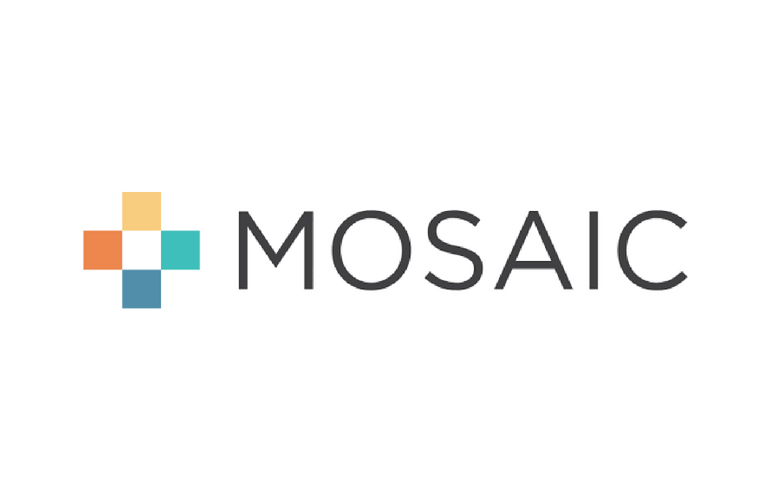Can Blended Finance Truly Unlock Sustainable Development in Asia?

The Promise and Pitfalls of Blended Finance in Developing Asia
Developing Asia faces a monumental challenge: achieving sustainable development while navigating rapid economic growth and addressing pressing environmental concerns. Blended finance – a model combining public and philanthropic funds with private capital – has emerged as a seemingly promising solution, touted by policymakers and development experts as a key pathway to decarbonization and broader sustainability goals. The idea is simple: use limited public or philanthropic funds to de-risk investments, making them more attractive to private investors and unlocking significantly larger pools of capital for impactful projects.
Initial Enthusiasm, Growing Concerns
Initially, blended finance enjoyed considerable enthusiasm. Early successes showcased its potential to finance renewable energy projects, improve access to clean water, and promote sustainable agriculture across the region. However, recent assessments suggest that blended finance hasn't quite lived up to the initial hype. Reports indicate that the scale of blended finance deployments remains smaller than needed, and the impact isn't always as transformative as hoped. The phrase “fallen short of its promise” has been echoing through development circles, prompting a critical re-evaluation of the model.
Why the Gap Between Promise and Reality?
Several factors contribute to this gap. One major hurdle is the complexity of structuring blended finance deals. These transactions often involve multiple stakeholders with different objectives and risk appetites, demanding significant transaction costs and specialized expertise. Bureaucratic hurdles and lengthy approval processes can also delay projects and increase costs. Furthermore, a lack of standardization and transparency in blended finance instruments can deter private investors.
Another critical issue is ensuring that blended finance truly benefits the communities it aims to serve. There's a risk that projects prioritize financial returns over social and environmental impact, leading to “greenwashing” or displacement of local populations. Robust impact measurement and rigorous due diligence are essential to avoid these pitfalls.
Moving Forward: Reimagining Blended Finance
Despite the challenges, blended finance remains a valuable tool for sustainable development in Asia. However, to unlock its full potential, a shift in approach is needed. Here are some key recommendations:
- Simplify Deal Structures: Streamlining processes and reducing transaction costs will make blended finance more accessible to a wider range of projects and investors.
- Enhance Transparency and Standardization: Clear guidelines and standardized reporting frameworks will build trust and attract private capital.
- Prioritize Impact: Integrating robust impact measurement frameworks and ensuring community engagement are crucial for maximizing social and environmental benefits.
- Focus on Local Capacity Building: Investing in local expertise and building partnerships with local institutions will ensure that blended finance is tailored to the specific needs and contexts of developing Asian countries.
- Address Systemic Risks: Blended finance shouldn’t operate in isolation. It needs to be integrated into broader policy frameworks that address systemic risks and promote sustainable economic development.
Conclusion: A Path Forward
Blended finance isn't a panacea, but it can be a powerful catalyst for sustainable development in Asia if implemented strategically and thoughtfully. By addressing the current shortcomings and embracing a more holistic approach, blended finance can help unlock the capital needed to build a more resilient and equitable future for the region. The key is to move beyond the initial hype and focus on delivering tangible, measurable impact that benefits both investors and the communities they serve.






